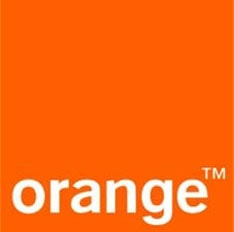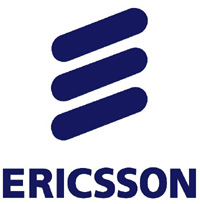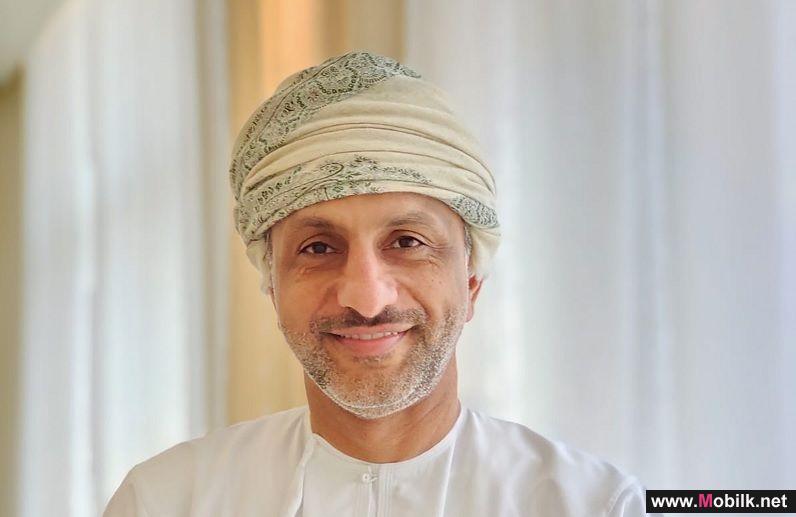Ericsson: Middle East Mobile Subscriptions Grew Seven Times Faster than Birth Rate in Q3
- Research reveals that 8 million mobile subscriptions were added in the Middle East from July to September 2012
- Total mobile subscriptions in the Middle East were reported at around 990 million mobile subscriptions by Q3 2012, with 600 million more expected to be added by 2018
- Approximately 40 percent of all phones sold globally in Q3 2012 were smartphones and the growth of smartphone data traffic is expected to exceed the overall average
2012-12-10 - 09:13
GMT
 UAE
UAE
Mobilk - New research from Ericsson (NASDAQ:ERIC) has suggested that mobile penetration is outpacing births rates across the Middle East. According to the latest Ericsson Mobility Report, 8 million new mobile connections were recorded across the region from July to September 2012, while in comparison, the estimated number of births for the corresponding period stood at a little over 1.1 million*. The total number of mobile subscriptions in the Middle East was reported to be around 990 million by Q3 2012 with an estimated 600 million additional subscriptions expected to be added by 2018.
Additionally, the Middle East region reported one of the highest mobile penetration rates in the world at 103 percent during the third quarter (Q3) of 2012. Comparatively, China and India reported penetration rates of 81 percent and 72 percent, respectively; while the global average recorded was 91 percent. In the Middle East, the report showed that the majority, over 80 percent, of mobile subscriptions in 2012 are GSM. In 2018, GSM and WCDMA/HSPA are expected to have equal share of mobile subscriptions, around 45 percent each, in the region.
“The fact that there were seven times more mobile subscriptions activated than people born, during this period, is a clear sign of the times we live in,” said Carlo Alloni, Executive Vice President and Head of Operations for Ericsson in the Middle East. “The Middle East continues to be a high growth market for the mobile telephony industry with some of the highest penetration rates in the world. As we continue to evolve into a Networked Society, we anticipate that demand for services, such as mobile broadband, will continue to drive growth for the foreseeable future as users seek to connect through multiple devices and, therefore, multiple connections.”
The latest Ericsson Mobility Report, formerly known as the Ericsson Traffic and Market Report, also revealed that approximately 40 percent of all phones sold around the world, in Q3, were smartphones. Global data traffic doubled between Q3 2011 and Q3 2012, and is expected to grow at a compound annual growth rate (CAGR) of around 50 percent between 2012 and 2018, driven mainly by video.
Ericssons research shows that online video is the biggest contributor to mobile traffic volumes, constituting 25 percent of total smartphone traffic and 40 percent of total tablet traffic. This puts new requirements on networks to cater for quality anywhere and anytime.
Douglas Gilstrap, Senior Vice President and Head of Strategy at Ericsson, said: "Expectations of mobile-network quality have been elevated by the availability of smartphones and tablets that have changed the way we use the internet. Mobility is becoming an increasingly significant part of our daily lives; we always have devices within arms reach, allowing us instant access to information, entertainment and social interaction."
Total mobile subscriptions are expected to reach 6.6 billion globally by the end of 2012 and 9.3 billion by the end of 2018. These figures do not include machine-to-machine (M2M) subscriptions. Mobile subscriptions have grown by around 9 percent year-on-year and 2 percent quarter-on-quarter.
By mid-2012, LTE coverage was provided for an estimated 455 million people globally. Within five years, more than half the worlds population is expected to benefit from to LTE coverage. LTE is the fastest-developing system in the history of mobile communications in terms of buildout and uptake. LTE is currently being deployed and built out in all regions, and total subscriptions will increase from around 55 million at the end of 2012 to an estimated 1.6 billion in 2018.
Research & Studies
Making Information and Communication Technology (ICT) a central part of efforts to decrease CO₂ (Carbon Dioxide) output has the potential to reduce..
Research & Studies
Thanks to mobile broadband, an ever-increasing number of people and devices are connected. This phenomenon provides more opportunities for operators,..
Research & Studies
Trend Micro Incorporated, a global leader in consumer digital information security, announced three new apps for Windows 8 available through the..

 Vodafone Oman
Vodafone Oman Emirates Telecom
Emirates Telecom  Ooredoo Om
Ooredoo Om Ooredoo Qa
Ooredoo Qa stc Bahrain
stc Bahrain Orange Egypt
Orange Egypt Mobily
Mobily Zain Jo
Zain Jo omantel
omantel STC
STC Emirates Du
Emirates Du Asiacell
Asiacell Etisalat Egypt
Etisalat Egypt  Telecom Egypt
Telecom Egypt jawwal
jawwal Orange Jo
Orange Jo Umniah
Umniah Zain Sa
Zain Sa Bahrain Batelco
Bahrain Batelco Zain Bh
Zain Bh Wataniya palestine
Wataniya palestine Kuwait Viva
Kuwait Viva  Zain Kw
Zain Kw Vodafone Qa
Vodafone Qa MTN Syria
MTN Syria Syriatel
Syriatel Sabafon
Sabafon Zain Iq
Zain Iq MTN Yemen
MTN Yemen Ooredoo Kw
Ooredoo Kw Vodafone Egypt
Vodafone Egypt  Samatel
Samatel Huawei
Huawei Samsung
Samsung MOTOROLA
MOTOROLA Lenovo
Lenovo Alcatel
Alcatel LG
LG Nokia
Nokia Sony Ericsson
Sony Ericsson HTC
HTC BlackBerry
BlackBerry Siemens
Siemens Acer
Acer Asus
Asus Sony
Sony VK
VK APPLE
APPLE BenQ-Siemens
BenQ-Siemens Sagem
Sagem Eten
Eten HP
HP Panasonic
Panasonic Amoi
Amoi Toshiba
Toshiba Sharp
Sharp Sonim
Sonim Bird
Bird Mitac
Mitac Philips
Philips Vertu
Vertu Pantech
Pantech Micromax
Micromax Maxon
Maxon Haier
Haier I-mate
I-mate Gigabyte
Gigabyte I-mobile
I-mobile Kyocera
Kyocera BenQ
BenQ Microsoft
Microsoft Telit
Telit Connect
Connect Sendo
Sendo Mitsubishi
Mitsubishi SEWON
SEWON NEC
NEC DELL
DELL Thuraya
Thuraya Neonode
Neonode Be
Be Qtek
Qtek Bosch
Bosch Palm
Palm MWG
MWG Fujitsu Siemens
Fujitsu Siemens XCute
XCute WND
WND INQ
INQ O2
O2 Innostream
Innostream Benefon
Benefon Google
Google




















